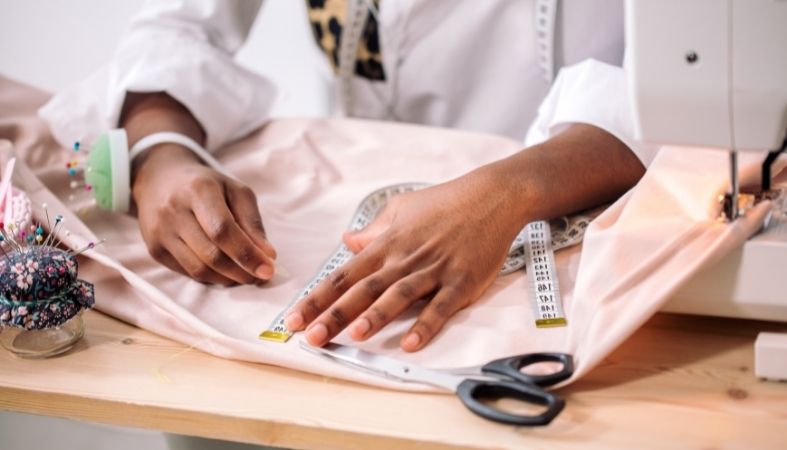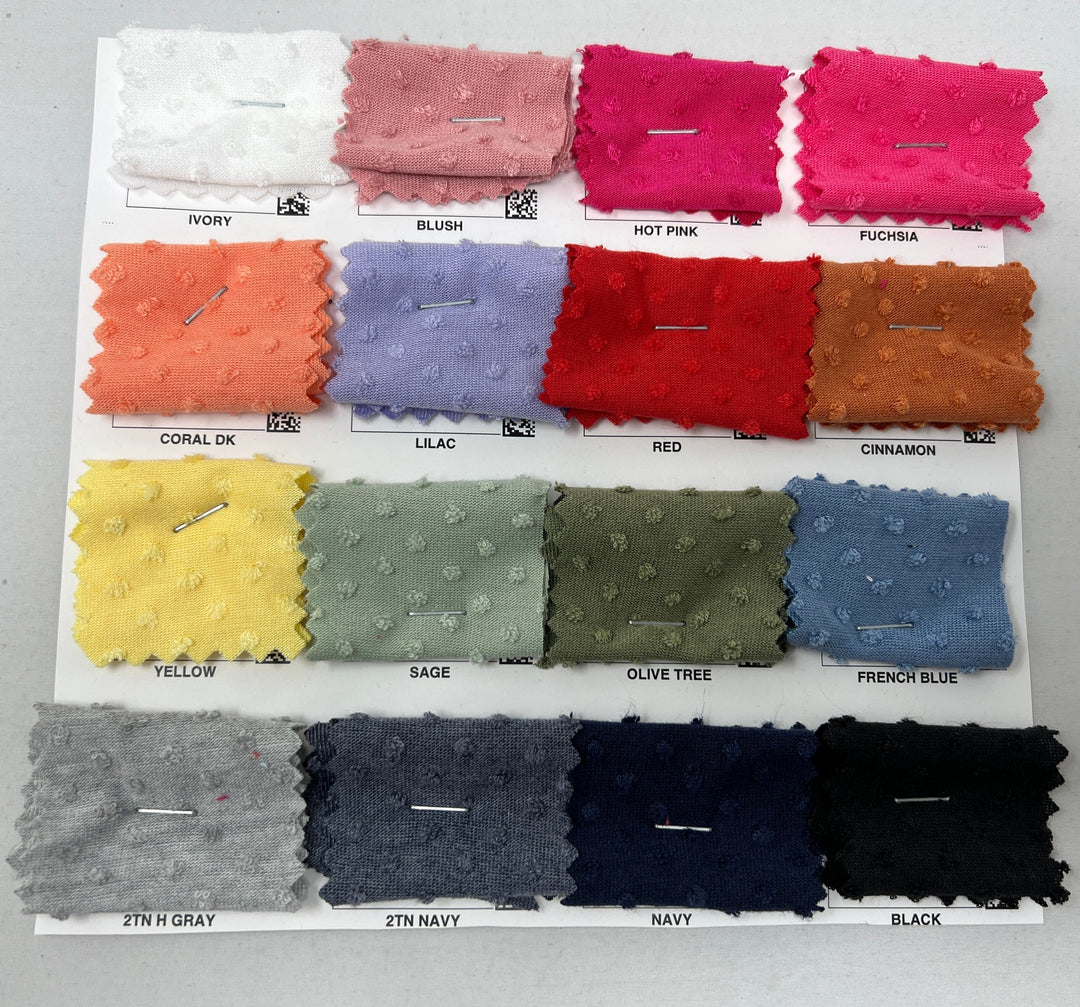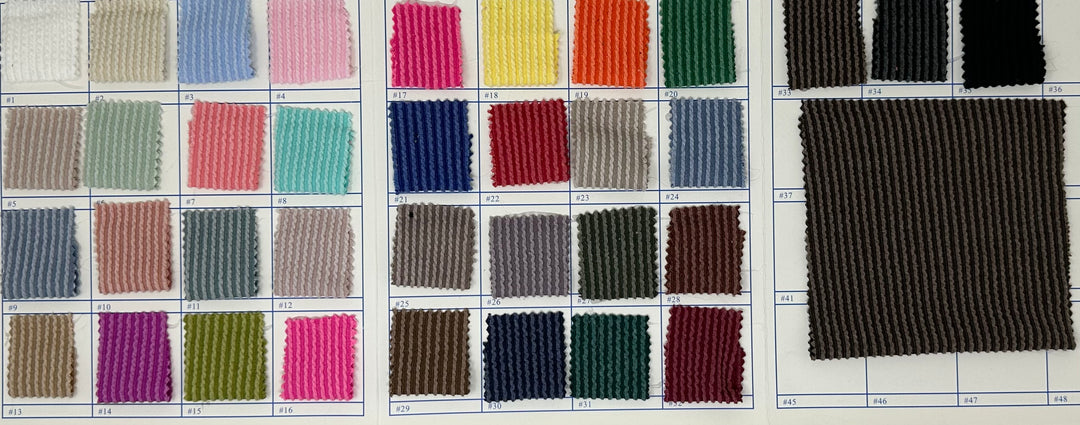2-Way Stretch vs. 4-Way Stretch: What It Is and How To Use It


During your forays into tailoring, you’ll inevitably encounter 2-way stretch and 4-way stretch fabrics. However, you may have trouble understanding what 2-way stretch vs. 4-way stretch is and how to use it correctly. Allow us to explain the differences ahead.
2-Way Stretch Fabric
This stretch fabric will only stretch widthwise or lengthwise, but not both ways at the same time. This stretch usually occurs from selvage to selvage—the ends of the fabric created to prevent the garment from unraveling. This makes the fabric more ideal for casual clothing used in day-to-day life, but not athletic wear or clothing for other strenuous activities. If you intend to use 2-way stretch fabric, you should look for ITY fabric for sale because of its breathability and softness.
The easiest way to tell if a fabric is 2-way stretch is by attempting to stretch it both widthwise and lengthwise. If it only moves in one direction, then you’ve found a 2-way stretch fabric.
4-Way Stretch Fabric
People typically use 4-way stretch fabric for athletic wear. It can stretch both widthwise and lengthwise at the same time, allowing for greater elasticity. The most common example of a 4-way stretch fabric is spandex. Using fabric with 4-way stretch for athletic clothes will allow the clothing to conform to your body and endure more stress and strain as you move. Like 2-way stretch fabric, the easiest way to tell if something is 4-way stretch is by stretching it lengthwise and widthwise. If it stretches both ways easily, it’s a 4-way stretch.
Why Stretch Fabric
Now that you know what 2-way stretch vs. 4-way stretch is and how to use it, why would you want to use it beyond athletic or casual wear? Stretch fabric simplifies the construction of clothing and increases the lifespan of a garment. These fabrics can also recover from that stretching and go back to their original size. Before stretch fabrics, clothes were much more uncomfortable because they wouldn’t conform to your body and movements.















